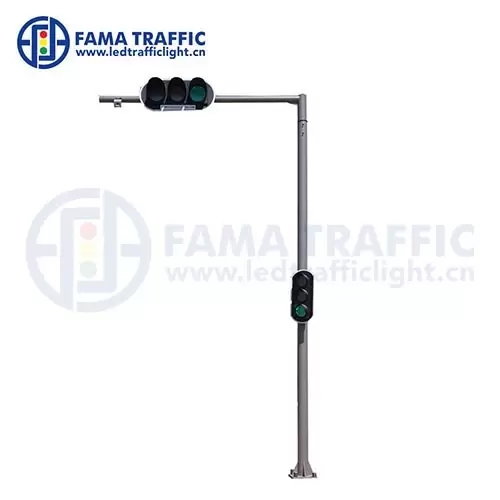Soldering is a fundamental skill in various industries, including electronics, plumbing, and jewelry making. Whether you are a beginner or an experienced professional, achieving perfect soldering results requires a combination of knowledge, technique, and practice. In this comprehensive guide, we will delve into the intricacies of soldering and provide you with expert tips and tricks to help you solder perfectly every time.
- Understanding the Basics:
1.1 The Science Behind Soldering:
- Explaining the concept of metallurgical bonding and how solder works.
- Discussing the different types of solder alloys and their applications.
- Highlighting the importance of flux in the soldering process.
1.2 Essential Tools and Equipment:
- Detailed overview of the necessary tools, such as soldering irons, soldering stations, and soldering tips.
- Choosing the right soldering iron for your specific project.
- Explaining the importance of proper ventilation and safety equipment.
- Preparing for Soldering:
2.1 Surface Preparation:
- Cleaning and prepping the surfaces to be soldered.
- Techniques for removing oxidation and contaminants.
- Properly tinning the soldering iron tip for optimal heat transfer.
2.2 Component Placement and Stability:
- Tips for securing components in place during soldering.
- Discussing the use of clamps, helping hands, and other aids.
- Ensuring proper alignment and spacing for efficient solder flow.
- Soldering Techniques:
3.1 Heat Control and Timing:
- Understanding the importance of temperature control.
- Explaining the difference between through-hole and surface mount soldering.
- Demonstrating techniques for soldering delicate components.
3.2 Solder Application:
- Exploring various soldering methods, including drag soldering, reflow soldering, and wave soldering.
- Providing step-by-step instructions for applying solder to different joint types.
- Discussing the correct amount of solder to use for optimal results.
- Troubleshooting and Common Mistakes:
4.1 Identifying Soldering Defects:
- Discussing common defects like cold joints, solder bridges, and solder balls.
- Providing visual examples and explanations for easy identification.
- Offering solutions to rectify each defect and prevent future occurrences.
4.2 Tips for Overcoming Challenges:
- Addressing common challenges faced during soldering.
- Dealing with heat-sensitive components and thermal management.
- Troubleshooting soldering issues related to specific materials or applications.
Conclusion:
Mastering the art of soldering is a valuable skill that opens doors to countless opportunities in various industries. By understanding the science behind soldering, acquiring the right tools, and implementing proper techniques, you can consistently achieve perfect soldering results. Remember, practice makes perfect, so don't be discouraged by initial setbacks. Embrace the learning process, and soon you'll be soldering like a pro.
